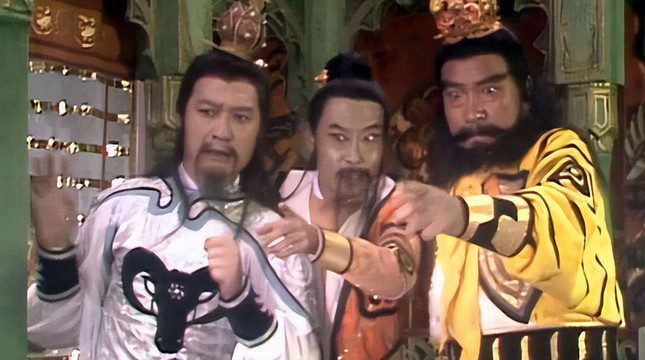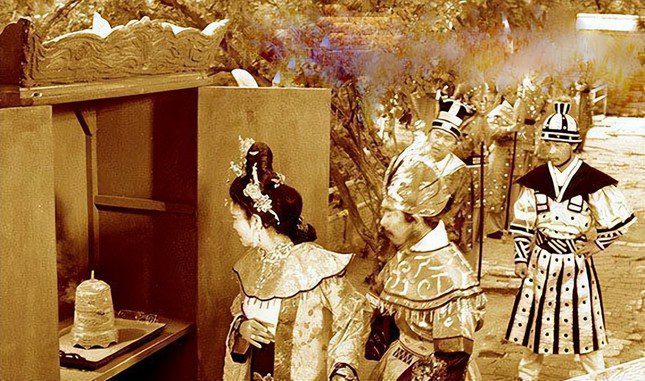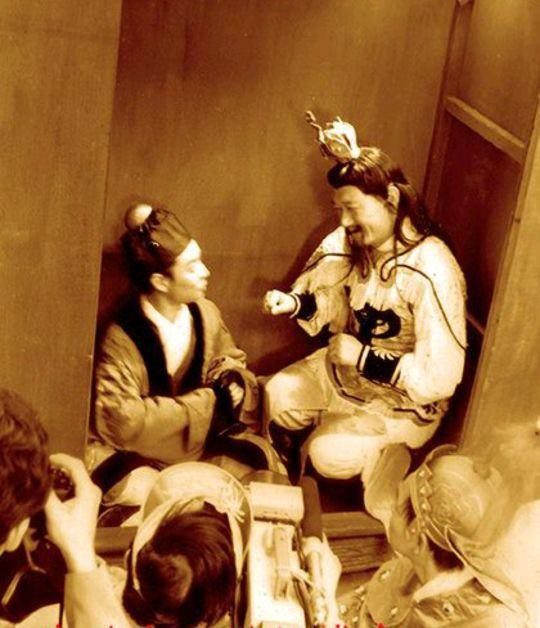Exploring the Impact of the 1986 Film “Journey to the West”
According to 163, director Dương Khiết, who helmed the film Journey to the West in 1986, has become a legendary figure in the world of cinema. The film’s captivating narrative and compelling characters have drawn audiences to view it over 3,000 times since its release, cementing its status as a classic. Following the film’s broadcast, Dương Khiết took the initiative to re-shoot a scene to rectify a production oversight.
Specifically, an article in Tân Dân Văn Chiêu published on March 18, 1988, highlighted a notable error in the film’s production details. In episode 15 of Đấu Pháp Ở Xa Trì Quốc (also known as Đấu Pháp Hàng Tam Quái), author Tôn Ngọc Khổng detailed a significant oversight regarding the three national symbols of Xa Trì Quốc. In the original script, Tôn Ngọc Khổng mentioned a “broken bell,” which the film crew intended to use as a filming prop.
However, the author later clarified that this “broken bell” merely referred to a prop used in a child’s play, specifically a local dialect term from the ethnic group Ngô Duy Nhĩ in Tân Cưỡng, China, and was not intended to be a literal bell.
Upon learning this information, director Dương Khiết made the serious decision to re-shoot the scene, replacing the broken bell with a more appropriate prop. Consequently, the current version of the film features a distinctive bell represented as a piece of clothing.
According to 163, the author in question is a prominent scholar in China known as Tiền Trung Thư. Recently, he has been studying the novel Journey to the West and has pointed out various inaccuracies present in the film adaptation.
As a writer and researcher specializing in Chinese historical literature, he believes that adaptations like this one should strive for greater fidelity to the source material and avoid cultural inaccuracies, leading him to pen a “Letter of Advice” to raise awareness.
Additionally, according to Sina, the original script of Đấu Pháp Hàng Tam Quái contained some rather crude details, such as the national symbols of Tôn Ngọc Khổng being depicted inappropriately. However, given the outrageous nature of this behavior, and considering that similar actions had already appeared in episode 9 of Ẩn Trộm Quả Nhân Sâm, the director chose not to include these details in the film.
The character Đạo Sĩ was notably depicted as a monk in the film, due in part to the influence of director Dương Khiết, who was inspired by a specific portrayal from a Central China broadcasting network, CCTV.
Furthermore, the series included scenes with three characters, Tôn Ngọc Khổng, Trư Bát Giới, and Sa Tăng, who imbibe “spiritual water” in the Temple of Tam Thanh. Initially, the crew had intended to use soda for these scenes, but later changed it to beer. However, due to this situation, some actors developed a reluctance to drink beer, as it became associated with the negative influence of the film’s narrative.
According to Sina, the 1986 Journey to the West has become a deeply ingrained cultural phenomenon over the decades. The film remains a cherished classic among audiences, and every detail in the film continues to spark discussions and debates, underscoring the enduring legacy of this cinematic masterpiece.

























